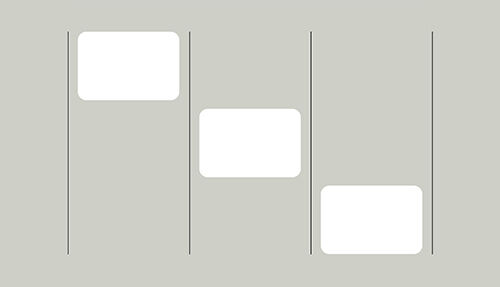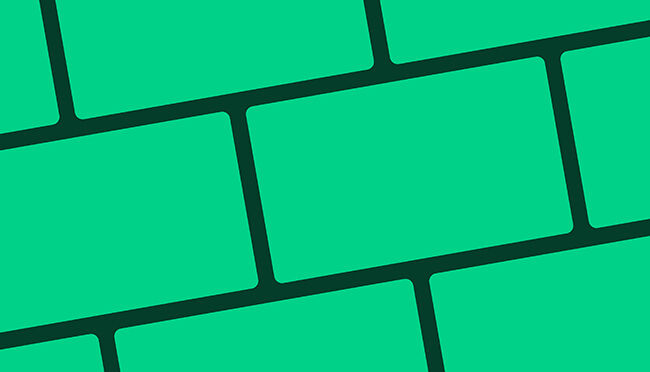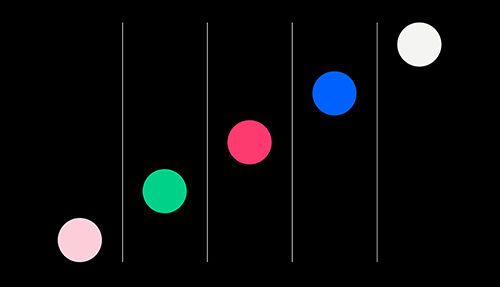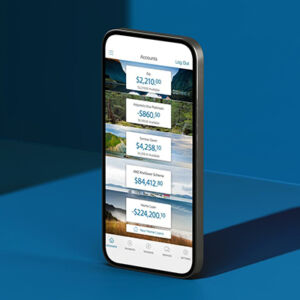How a multidiscipline design approach creates seamless experiences.
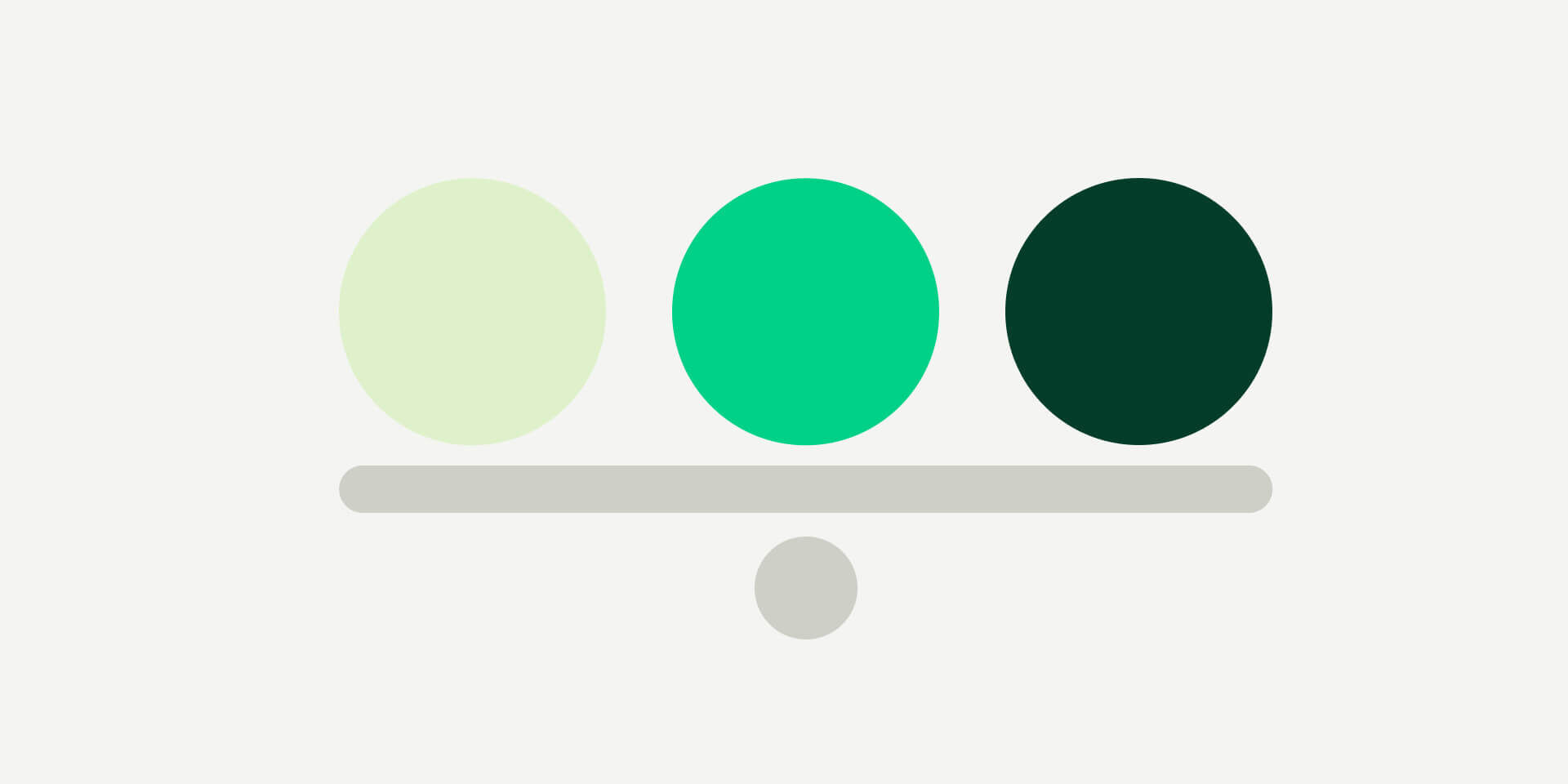
It’s in the feeling, not the medium. On the 2nd of May, it will have been 500 years since Leonardo Di Vinci died, and we’re still figuring out just how he managed to pull off so many of his creative feats. As an uneducated viewer of his work, I’m not necessarily aware of which medium or technique he used, but when I was lucky enough to experience his work... I know how it made me feel.
What we do know, is that a big key to his success was collaboration with multidiscipline practitioners, including architects, mathematicians and engineers.
Similarly, as marketers, we’re obsessed by “platforms”. We might be talking Twitter strategy or a point of sale roll out, but often the customer is unaware (or care) what platform brought them to you.
That's because it’s the experience, how it makes them feel that they’re ultimately responding to.
Regardless of whether it’s in the physical or digital world, people respond to an authentic voice that is consistent and creative across touchpoints.
“Your tone of voice and your core brand message of course needs to be consistent – the secret is creating a digital experience that’s true to both you and the platform”
Jonathan Tillick – Group Digital Director, Dave Clark
To not only find this voice, and reach their voice in this omnichannel world, the best brands have invested in a multidiscipline design approach. Here's how some of the essential elements to a multidiscipline design approach work.
You need a good design process
If there’s one word that springs to mind when I think of multidiscipline design, it’s collaboration.
In this context, collaboration is the idea of specialists from different disciplines working on brand campaigns at the same time – alongside a thoughtful and engaged client – to create successful projects that bring your customers closer to you. From UX designers to motion graphics, from strategists to developers, the combination of expertise surpasses the capability of the individual in solving the common problem.
All great agencies have a flexible design process that’s sometimes applied loosely, sometimes tightly, but either way always enables this cross pollination to happen, without burning up a lot of time... or drowning people (and money) in ‘workshop hell’. It allows you to solve the problem quickly.
In the process, a powerful cross pollination of ideas and disciplines occurs, leading to creative breakthroughs.
It’s these regular creative breakthroughs that brands require to cut through the web of distraction customers find themselves in.
“We bring multidisciplinary teams together early in the design process to help maximise creative opportunities.”
Andrew Smith – Group Creative Director, Dave Clark
Goodbye to Lone Wolf Creative, hello to creative collaboration and environments
In Change by Design, IDEO founder Tim Brown argues that designers don’t subscribe to the myth of the lone genius. Alighting upon breakthrough ideas requires collaboration across disciplines. The best designers are brilliant thinkers who not only work with other brilliant thinkers, but also work in an environment that enriches, encourages and nurtures brilliant thought.
The first thing that was reiterated to me when I read Walter Isaacson’s Leonardo Da Vinci was that Leonardo is miscast, in a common conception, as the embodiment of the lone wolf creative genius. He immersed himself in environments that enabled a collaborative process with brilliant multidiscipline thinkers his entire life.
This is not to detract from his incredible achievements: he was an exceptional individual whose own practice was amplified by working with others, his piercing intellectual curiosity, and by being highly networked.
Describing the environment – Florence – that Leonardo came up through, Isaacson writes:
“The city’s cathedral was the most beautiful in Italy. In the 1430s it had been crowned with the world’s largest dome, which was a triumph of both art and engineering, and linking those two disciplines was a key to Florence’s creativity. Many of the city’s artists were also architects, and it’s fabric industry had been created by combining technology, design, chemistry, and commerce.”
Especially during his formative years, Leonardo was surrounded by a collaborative culture that valued a broad, multidiscipline approach to work, from the studio led by his mentor Andrea del Verrocchio (where Leonardo apprenticed from the age of 14) all the way to the city he lived in.
“The myth of innovation is that brilliant ideas leap fully formed from the minds of geniuses.”
Tim Brown, Change By Design
You need the right kind of designers, with the right kind of mindset
Leonardo Da Vinci is the embodiment of the renaissance man, a polymath driven by an insatiable and gleeful intellectual curiosity in everything from engineering to the natural world. This curiosity and knowledge meant that his art was, in many ways, an expression of this cross-pollination of disciplines.
The secret to making multidisciplinary design agencies work is hiring what David Guest would call T-shaped individuals. A T-shaped employee is, essentially, an individual who has deep knowledge and skills in a particular area of expertise, as well as the desire and ability to make connections across disciplines. The vertical part of the “T” represents the individuals’ experience and capability, while the horizontal part is their ability to work across disciplines.
“The vertical stroke of the “T” is a depth of skill that allows them to contribute to the creative process. That can be from any number of different fields: an industrial designer, an architect, a social scientist, a business specialist or a mechanical engineer.
The horizontal stroke of the “T” is the disposition for collaboration across disciplines. It is composed of two things. First, empathy. It’s important because it allows people to imagine the problem from another perspective – to stand in somebody else’s shoes. Second, they tend to get very enthusiastic about other people’s disciplines, to the point that they may actually start to practice them. T-shaped people have both depth and breadth in their skills.”
Tim Brown, Change by Design
Depth of experience in a given field is one thing; but the ability to collaborate and cross-pollinate across disciplines is the future of brand strategy.
This is part 3 of 4 blogs exploring multidiscipline design and its benefits. Read Part 4 here.



